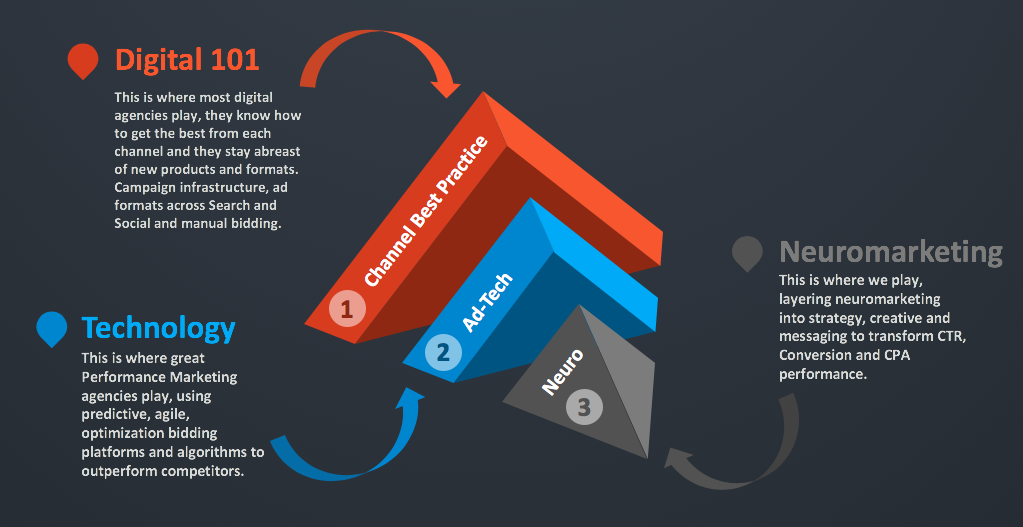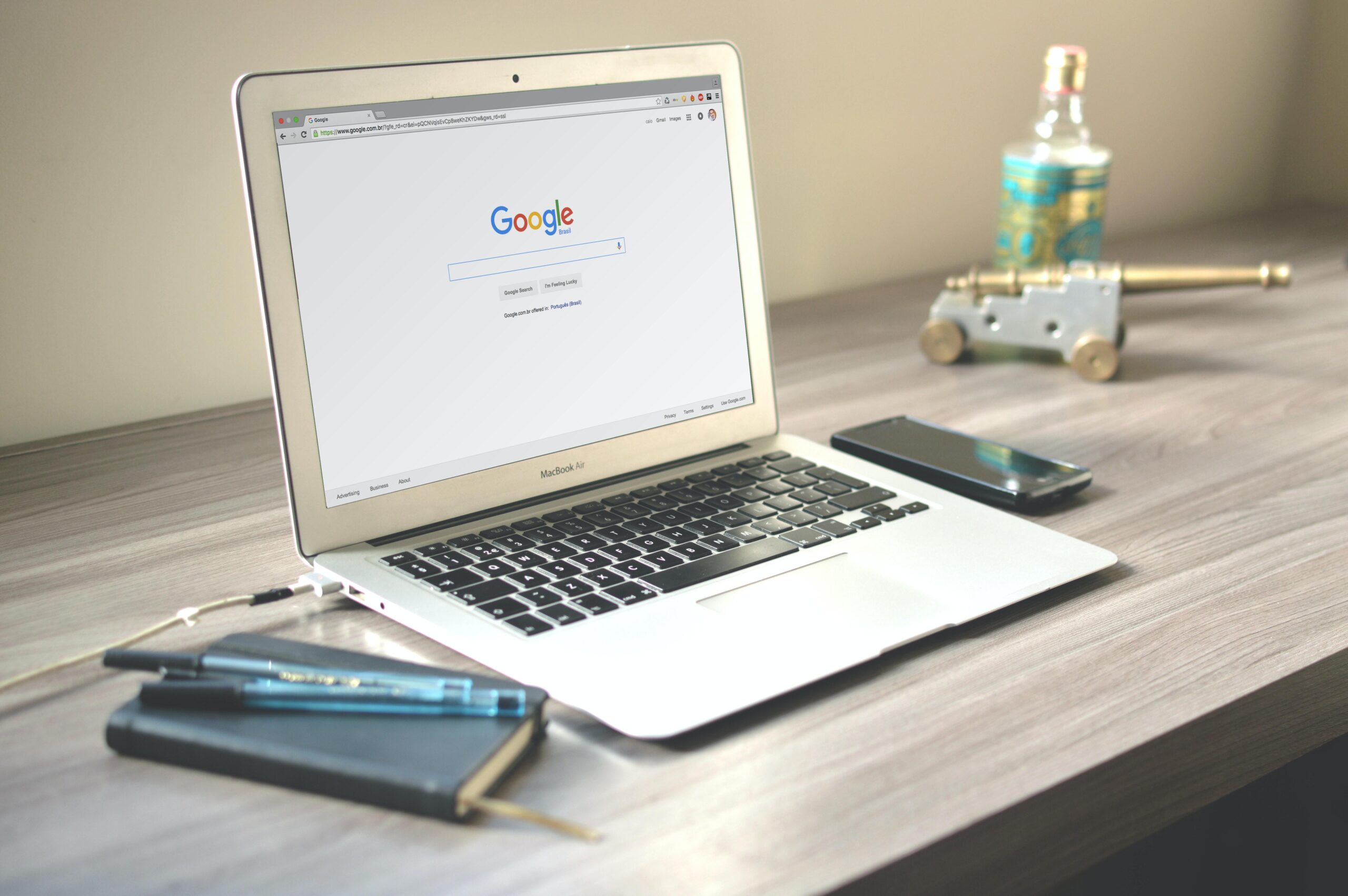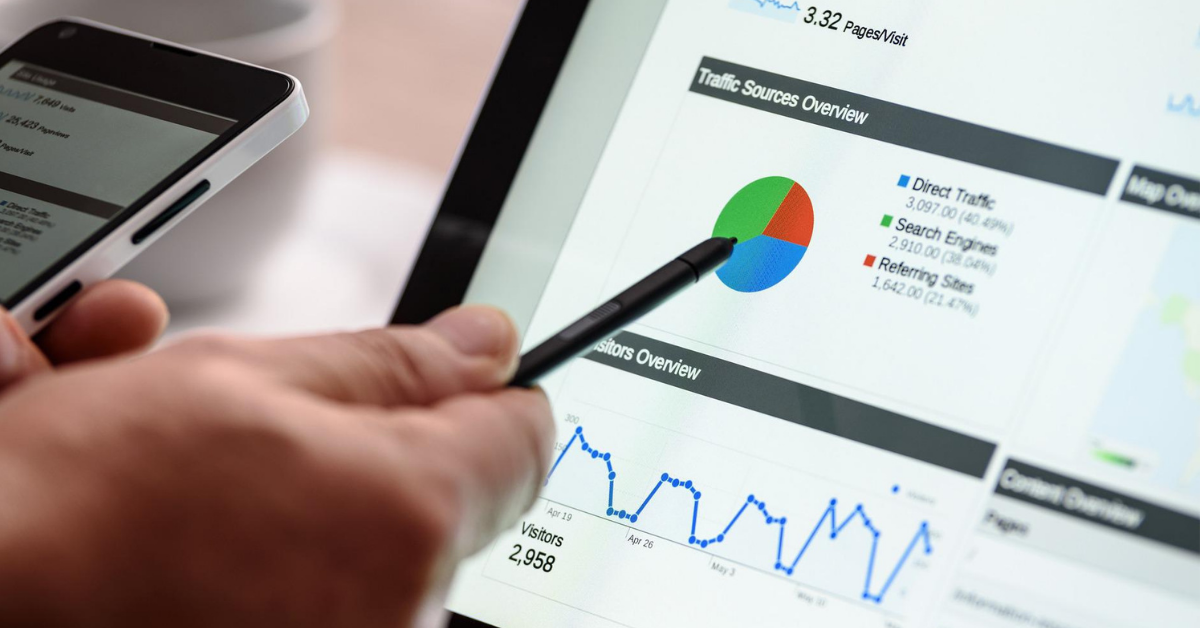Category: Insights
Getting to the first page of Google is even harder for SEOs

From around August 2021, Google quietly stripped out up to five organic results from the first page of SERPs (Search Engine Results Pages) for 18% of highly searched for keywords. Today, being in the top ten organic results does not guarantee a first page listing.
jT – AlgoRhythm
This is relatively old news to SEOs, although not discussed in abundance outside of SEO forums, but for the first time for AlgoRhythm, we’re seeing it impact some of our SEO clients. Google experimenting with SERPs is nothing new, and we’d regularly see 7 or even worse, only 5 organic results on the first page of Google as they tested out new ways to show snippets, answers to popular questions, image searches, Wikipedia entries and shopping results.
Why is position important?
It’s generally accepted that less than 10% of search users will click on a paid ad, which can still be highly lucrative for advertisers, especially for search terms with monthly volumes in the hundreds of thousands or even millions.
75% of users will click on an organic result on the first page of Google and 29% will click on the company in the number one slot. Around 16% will click on position two and 11% on position three, so it’s easy to see why clients and agencies are obsessed with getting into the coveted top three positions, and number one as the holy grail.
This means around 19% of users will go to page two and beyond.
We all receive emails from SEO agencies promising to get us into the first position of Google, even agencies like us that actually do SEO, but unashamedly leave our own SEO efforts on the back burner as we focus on delivering results for clients!
What is the impact?
For me, the most interesting data points are around user behaviour in terms of that 75% of users who previously would click on a result on the first page. Will we see more users prepared to go a little deeper and if so, will that benefit websites who were in the middle of page two, now that there could be more eyeballs on page 2? Of course this relegates websites that were previously at the bottom of page two, to the top of page three… were they getting any traffic anyway?
I think it’s more likely that the seven websites on page one, will now share that 75% of clicks, rather than sharing between ten competitors.
In terms of real estate, this will drive more advertisers to bid on terms even when they are in the top seven results as occupying two slots (one paid and one organic) is a great defensive move against competitors. You used to have 14 websites on page one, so appearing twice (one paid and one organic) took up 14% of real estate, now taking two slots is owning 18% of page one – if you have a snippet, a google shopping slot AND an image, you are really winning in the saliency stakes!
Why did Google do this?
Google will tell you that their core mission hasn’t changed, they want to match searchers with up to date and relevant information and most of their experiments with SERPs are testing out new UX for searchers. It is believed by some SEO commentators, that page one will end up looking more like a Wikipedia page than a search engine.
More cynical folk (hello!) will say it is Google driving more PPC revenue, by forcing even more advertisers looking for a first page listing, to find more budget for paid search.
Google are a business, so the reality is it is probably a bit of both.
What will we be watching for?
We’re very proud to have clients in the number one slot for their primary keywords, usually keywords we are actively producing content and guest posts for (to win those backlinks!)
We also have rankings in the 7-10 range so inline with my thoughts above, I’m keen to look into the data points around the impact on rankings in the first position – are we seeing click volume increase now three rankings are now on the second page? And for rankings that were at the bottom of the first page and now at the top of the second page, are we seeing users go deeper or are we losing click share?
What are you seeing?
Take a look at your primary keywords, are you still seeing 10 results, or now 7? Over time what is your impression and click share? What’s your thoughts and perspective around paid for ads with this change?
Neuromarketing *rolls eyes*… the new snake oil?
At the customer-end of all this incredible technology at the fingertips of today’s marketers, is the most complex of systems – the human nervous system. Even compared to AI and Robotics, we are incredible machines. We’ve mastered the art of automation and optimisation over millions of years. We don’t need to think about breathing or how complex the tendon and muscle sequence is to walk forward… we can just do it.
Neuromarketing may seem like a relatively new flavour of Kool Aid, but how humans make decisions hasn’t changed for eons. What drives us, our motives, how we can’t make a decision without emotion, how we build a logical narrative after a decision and how our decisions and actions can be manipulated (for good and for bad) is nothing new to neuroscientists, psychologists and NLP practitioners.
Neuromarketing, at least how we see it at Algorhythm, is leveraging neuro principles, psychology and behavioural economics in marketing strategy (principally around persona motivation, fears and triggers) and in campaign creative and copywriting. At its most simple, neuromarketing simply provides the lenses for multivariate testing, rather than simply writing an ad three different ways with no real methodology, neuro gives us a codex of nudges and techniques to drive actions.
For us, the magic happens out in the channels and over the last four years we have seen paid search and social campaigns dramatically outperform historical campaigns by really understanding the target audience in terms of motives, by using neuro principles in the treatment of visuals, photography and illustrations and by testing behavioural economics and nudge theory in the copy. We’ll share specific examples and case studies in time and point you in the direction of great examples we are seeing out there in channels, as and when we find them.

It does sound like secret sauce, but like all science, it’s actually methodical, has a process and really ignites when baked into the creative process. When I say creative process, I mean the research, ideation, creative and copywriting elements in campaigns. Neuromarketing should be in the DNA of the strategy, tactical and creative layers.
Clients buying neuromarketing are buying a process that is crowned with high performing campaigns and campaign assets.
When an agency top-down and bottom-up, is thinking, ideating, creating and deploying neuro principles in everything they do, it really is magical. It just makes sense and it’s because human understanding and our predictable unpredictability is at the heart of every touch point.
In the context of our consultancy, when we talk about neuromarketing, we are essentially interested in three areas.
1. Neuro principles on design, video, photography and illustration. Look at how Apple present their products, yes it’s art, but there’s science in the angles, proximity, how they show human and human emotion (usually on faces).
2. Persona Motives – this is an alternative to traditional segmentation. We still need to start with geo-demographics, as we need it for targeting, but imagine if you could define your customer’s intrinsic motives and by proxy, their greatest fears and you then crafted campaigns to use that to generate your desired actions, whether that’s a checkout, form fill or engagement.
Segmentation is a great start, but it can be deceiving.
Let me describe two men to you. Both male, British, in their 60’s, rich, love holidaying in Monte Carlo, love dogs and have lots of children. One is Prince Charles and the other is Ozzy Osbourne.
3. Behavioural Economics, Nudges and Linguistics.
Everything from confirmation bias, cognitive blindspots, social proof and anchor pricing to using sensory language, disruptive linguistics and cognitive load to create friction. I’m working on a codex of nudges that can be deployed in copy with Neuromarketing agency, Lab, so watch this space.
Every element of the above deserves its own blog post, so that’s probably the roadmap for future posts.



